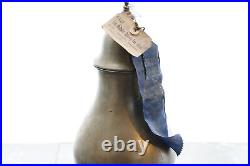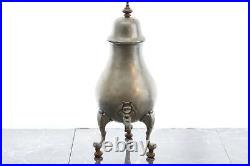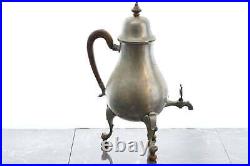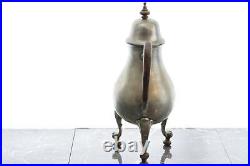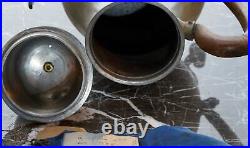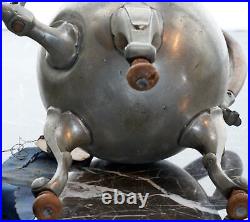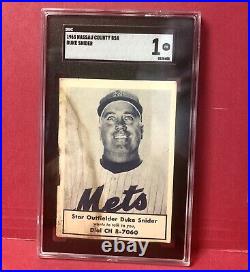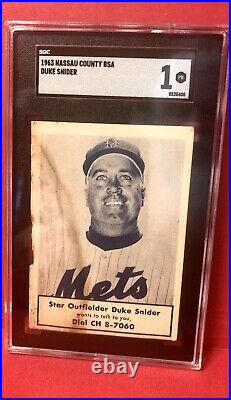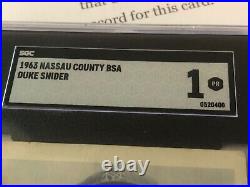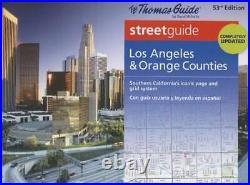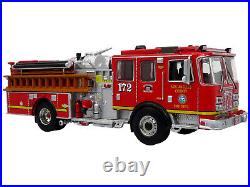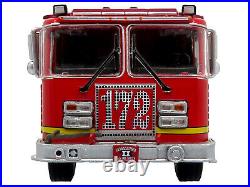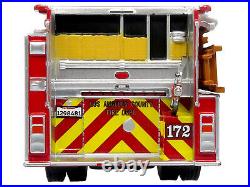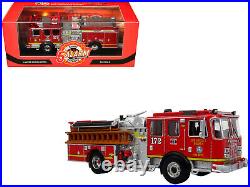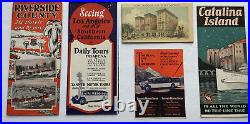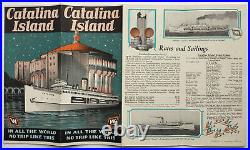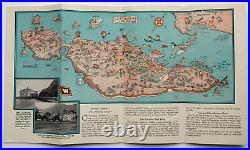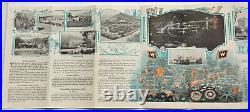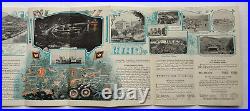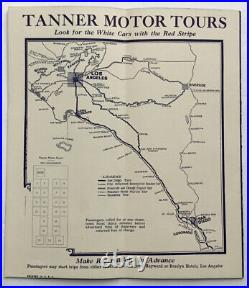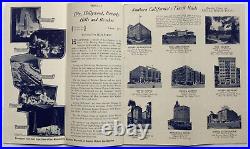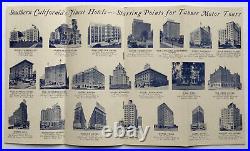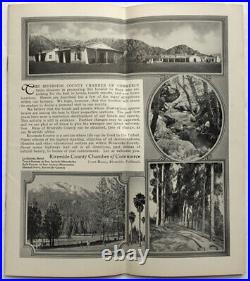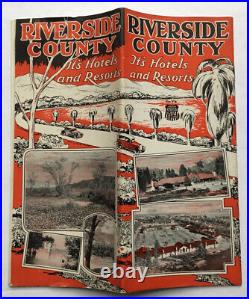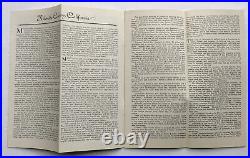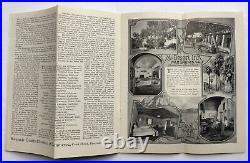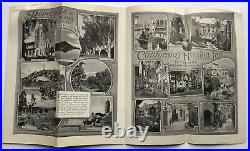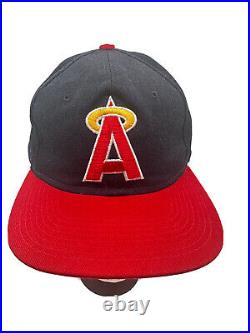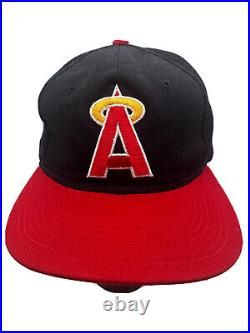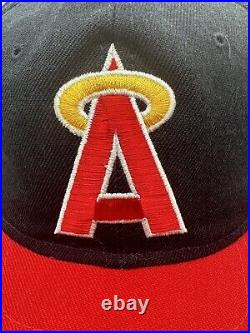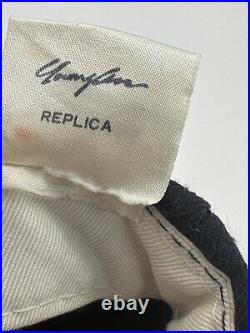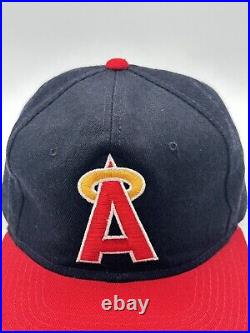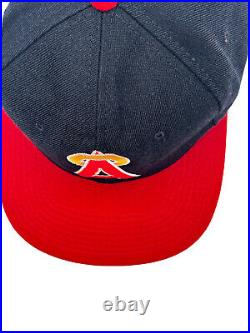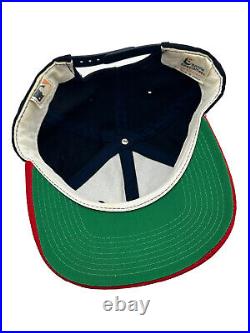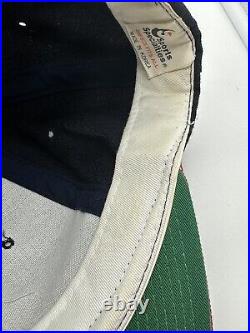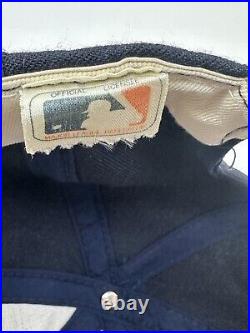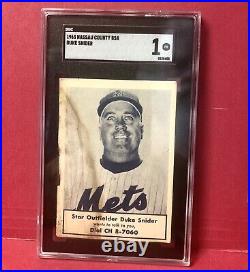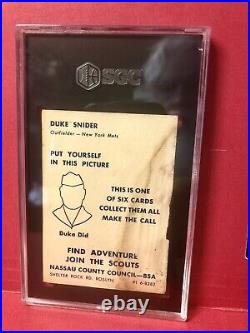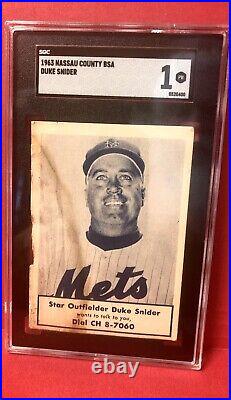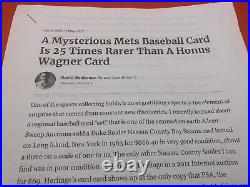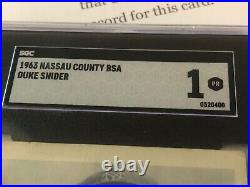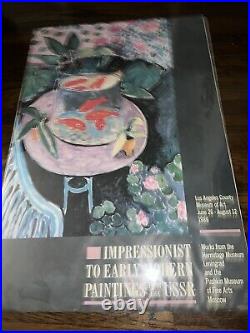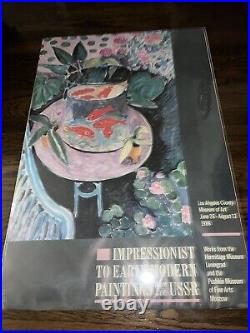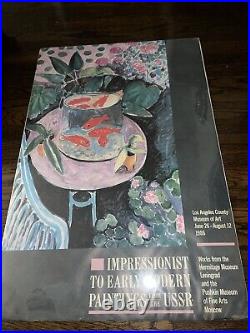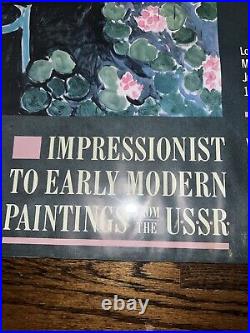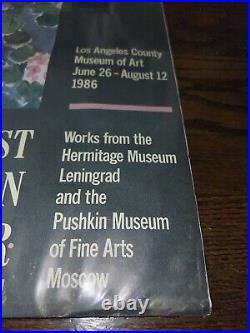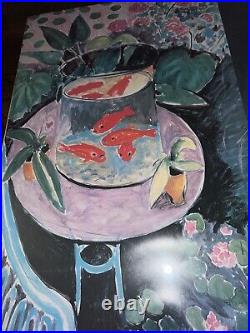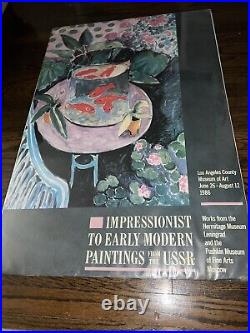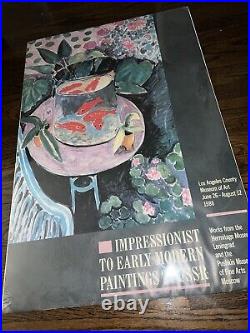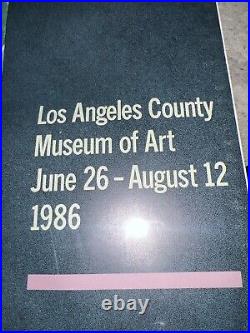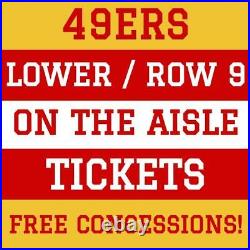


THURSDAY NIGHT DECEMBER 12. LEVI’S STADIUM – SANTA CLARA, CA. LOWER LEVEL / AISLE SEATS. HERE IS YOUR CHANCE TO GET SOME OF THE BEST SEATS IN THE STADIUM! FREE FOOD & BEVERAGE INCLUDED! AS MY GUEST YOU WILL ALSO GETTHE SEASON TICKET HOLDERS “MIM” MENU THAT OFFERS COMPLIMENTARY CONCESSIONS WITH THE TICKETS. CONSIDER THIS IS A BONUS AND MAY NOT BE MADE AVAILABLE BY THE TEAM IN 2024. PLEASE READ BELOW FOR THE OFFICIAL VERBIAGE ON THIS FROM THE 49ERS. THE SAN FRANCISCO 49ERS ARE CONTINUING THE ORGANIZATION’S FOCUS ON FAN SATISFACTION AT LEVI’S® STADIUM BY BECOMING THE FIRST SPORTS TEAM TO INCLUDE FOOD AND BEVERAGE ITEMS AS A BENEFIT FOR ITS SEASON TICKET MEMBER BASE. THE INDUSTRY-SHIFTING MEMBER INCLUSIVE MENU WILL DEBUT WITH THE 2020 SEASON AND INCLUDE MORE THAN 15 OF THE MOST POPULAR FOOD AND NON-ALCOHOLIC BEVERAGE ITEMS AVAILABLE AT 49ERS GAMES. THE 49ERS ARE WORKING WITH HOSPITALITY PARTNER LEVY AND ITS TECHNOLOGY AND ANALYTICS COMPANY E15 GROUP TO CURATE THE MENU AND FAN EXPERIENCE. BUILDING ON FIVE YEARS OF PREVIOUS INNOVATIONS IMPLEMENTED TO MAKE THE LEVI’S STADIUM EXPERIENCE THE MOST FAN-FRIENDLY IN PROFESSIONAL SPORTS, THE MEMBER INCLUSIVE MENU WILL SIMPLIFY THE CONCESSION EXPERIENCE FOR MEMBERS. THIS NEW BENEFIT WILL ONLY BE AVAILABLE TO THE 49ERS SEASON TICKET MEMBERS AND THEIR GUESTS. WHILE THE FULL 49ERS MEMBER INCLUSIVE MENU WILL BE ANNOUNCED THIS OFFSEASON, BELOW IS A SAMPLE OF THE FAN FAVORITE ITEMS ON THE MENU. FOOD: CHICKEN TENDERS, HOT DOGS (BEEF AND VEGAN), SAUSAGES & HOT LINKS, NACHOS (REGULAR AND LOADED), FRIES (REGULAR AND GARLIC), PRETZELS, POPCORN, PEANUTS, CANDIES. BEVERAGES: PEPSI PRODUCTS, AQUAFINA WATER, PEET’S COFFEE, HOT CHOCOLATE. I WILL FORWARD ALONG THE INSTRUCTIONS OF THIS PERK SENT FROM THE TEAM ONCE I HAVE IT FROM THE TEAM. AGAIN, CONSIDER THIS A BONUS AND YOU GET THIS BECAUSE YOU ARE MY GUEST SO PLEASE ACT ACCORDINGLY.. PLEASE LET ME KNOW IF YOU HAVE ANY QUESTIONS. THE SAN FRANCISCO FORTY NINERS. THE SAN FRANCISCO 49ERS, ESTABLISHED IN 1946, HAVE A RICH AND STORIED HISTORY IN THE NFL, MAKING THEM ONE OF THE LEAGUE’S MOST ICONIC FRANCHISES. NAMED AFTER THE GOLD-SEEKERS OF THE 1849 CALIFORNIA GOLD RUSH, THE TEAM INITIALLY JOINED THE ALL-AMERICA FOOTBALL CONFERENCE (AAFC) BEFORE BECOMING A PART OF THE NFL IN 1950. OVER THE DECADES, THE 49ERS HAVE SEEN LEGENDARY PLAYERS LIKE JOE MONTANA, JERRY RICE, AND STEVE YOUNG LEAD THE TEAM TO GLORY, PARTICULARLY DURING THEIR DOMINANT RUNS IN THE 1980S AND 1990S. WITH FIVE SUPER BOWL TITLES AND NUMEROUS DIVISION CHAMPIONSHIPS, THE 49ERS’ LEGACY IS CEMENTED IN FOOTBALL HISTORY AS A POWERHOUSE THAT CONSISTENTLY DELIVERS EXCEPTIONAL PERFORMANCES. IN THE 2024 SEASON, THE SAN FRANCISCO 49ERS ARE POISED TO MAKE A STRONG PUSH FOR ANOTHER CHAMPIONSHIP, LEVERAGING A ROSTER PACKED WITH TALENT AND EXPERIENCE. KEY PLAYERS LIKE QUARTERBACK BROCK PURDY, TIGHT END GEORGE KITTLE, AND DEFENSIVE STALWART NICK BOSA ARE AT THE FOREFRONT OF THIS CAMPAIGN, DRIVING THE TEAM’S AGGRESSIVE STRATEGIES ON BOTH SIDES OF THE BALL. UNDER THE STRATEGIC LEADERSHIP OF HEAD COACH KYLE SHANAHAN, THE 49ERS HAVE CRAFTED A DYNAMIC PLAYBOOK THAT MAXIMIZES THEIR ROSTER’S STRENGTHS. FANS AND ANALYSTS ALIKE ARE WATCHING CLOSELY AS THE TEAM NAVIGATES A COMPETITIVE NFC WEST, WITH ASPIRATIONS OF ADDING ANOTHER SUPER BOWL TITLE TO THEIR STORIED LEGACY. EXPERIENCING A GAME AT LEVI’S STADIUM IN SANTA CLARA IS A MUST FOR ANY 49ERS FAN OR FOOTBALL ENTHUSIAST. OPENED IN 2014, THIS STATE-OF-THE-ART FACILITY BOASTS MODERN AMENITIES AND A STUNNING DESIGN THAT ENHANCES THE GAME-DAY EXPERIENCE. LOCATED JUST AN HOUR SOUTH OF SAN FRANCISCO, LEVI’S STADIUM OFFERS AN ELECTRIC ATMOSPHERE WITH A SEATING CAPACITY OF OVER 68,000. VISITORS CAN ENJOY THE TEAM’S RICH HISTORY THROUGH EXHIBITS AND MEMORABILIA AT THE 49ERS MUSEUM, AS WELL AS A VARIETY OF PREMIUM DINING OPTIONS THAT REFLECT THE BAY AREA’S CULINARY DIVERSITY. WHETHER YOU’RE CHEERING ON THE NINERS FROM THE STANDS OR TAKING IN THE PANORAMIC VIEWS OF SILICON VALLEY, A GAME AT LEVI’S STADIUM IS AN UNFORGETTABLE EXPERIENCE. FAITHFUL TO THE BAY. SUPER BOWL XVI XIX XXIII XXIV XXIX CHAMPIONS.


